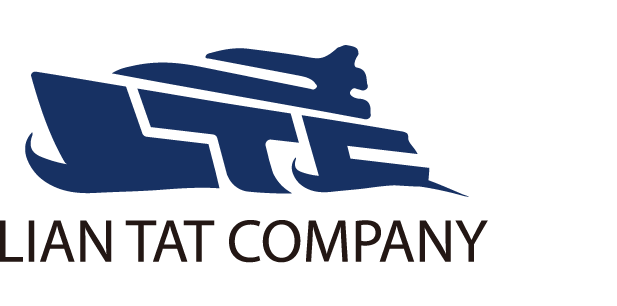SELF-ALIGNING FLOATING WIND TURBINE
A new concept of floating wind turbine allows the whole floating unit to weathercock to the wind direction thus potentially saving on costs and complexity.
The SelfAligner concept is based on a passive wind tracking system with the turbine connected to a turret buoy mooring, allowing the entire platform to rotate freely around the mooring point and has shown considerable promise during early tank test trials. An airfoil cross section shaped tower rather than a round one, provides the necessary forces for the alignment using the prevailing wind direction. The Hamburg University of Technology (TUHH) has investigated and optimised the concept for the self-aligning floating wind turbine platform, with the investigations carried out in cooperation with several scientific and industrial partners. GNING
“The nacelle of the wind turbine is mounted directly on the tower because no yaw bearing is required to allow the rotor mounting to turn. The rotor is arranged downwind behind the tower and due to the aerodynamic shape of the tower, its wind wake is reduced, which has a positive effect on the dynamic load on the rotor blades. “Thus, the blades experience a significantly lower impact load as they pass the tower,” a spokesperson from TUHH explained.
The semi-submersible structure of the platform that forms the floating section, can be installed in water depths of more than 40 metres, and its passive wind aligning is made possible through the profiled tower and downwind rotor configuration. The lightweight construction of the platform allows it to be constructed at conventional shipyards without modifications to the production facilities and it is claimed that this makes the concept cost-effective, according to TUHH. Also highlighted by the developers is the easy installation and removal of the floater due to its detachable single-point mooring, as well the SelfAligner’s reduced environmental impact.
The project partners include CRUSE Offshore, the TUHH with the Institute for Fluid Dynamics and Ship Theory and the Institute for Ship Structural Design and Analysis, DNV GL, Aerodyn, and Jörss-Blunck-Ordemann. For the investigations and optimisation, the project partners used resources such as the panMARE method from the Institute for Fluid Dynamics and Ship Theory, as well as a 1:45 scale model of the platform in a wave tank.
By Dag Pike
Source: MARITIME JOURNAL , 2020/11/27



Leave a Reply
Want to join the discussion?Feel free to contribute!